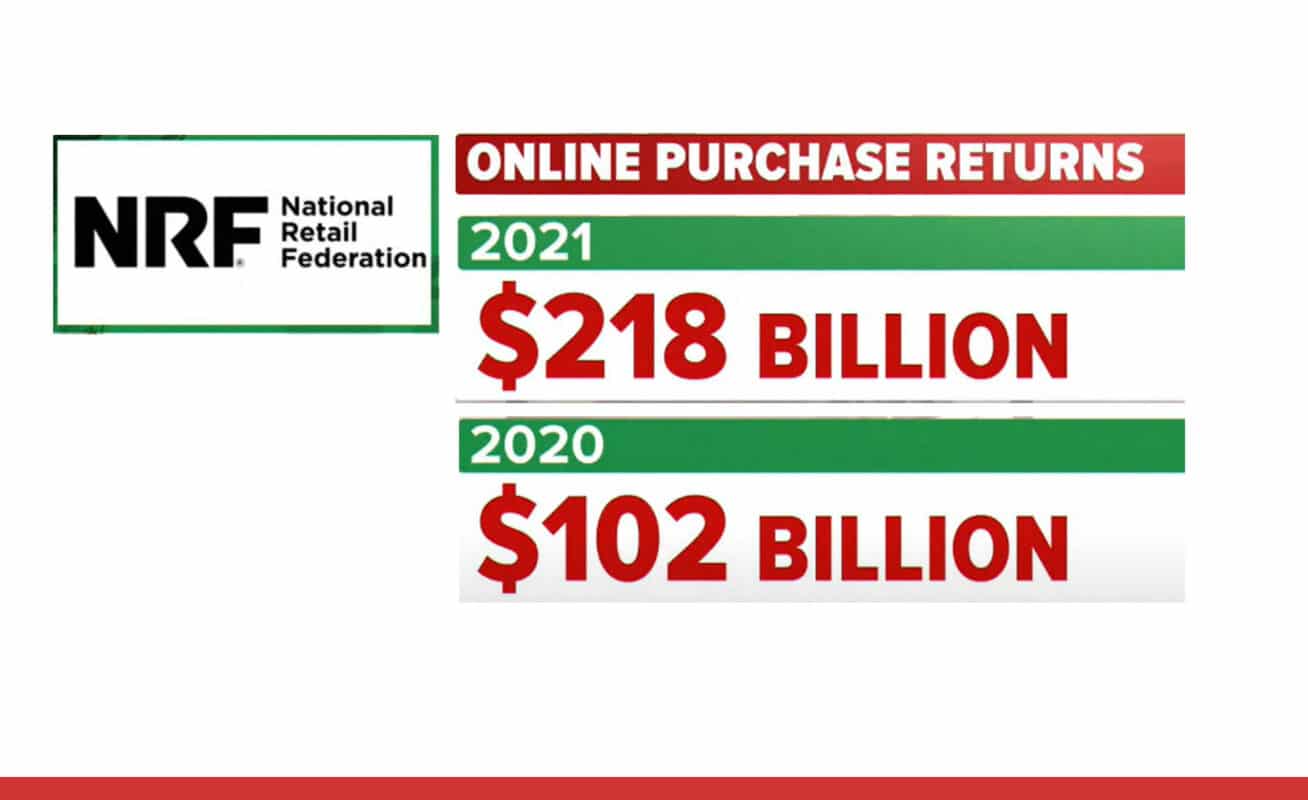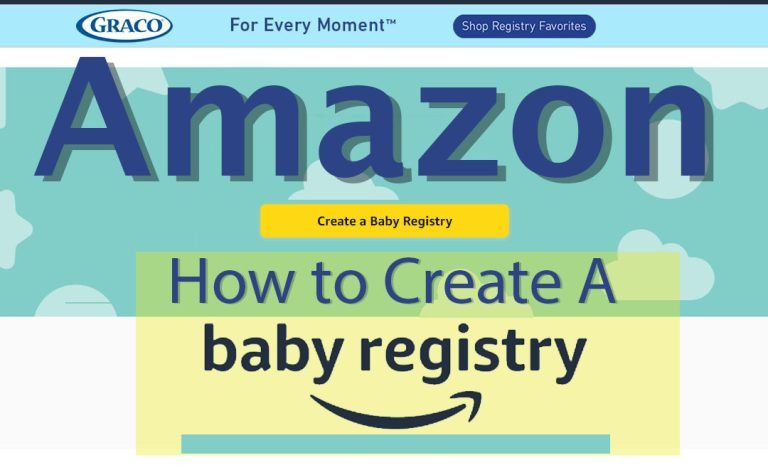With the rise in e-commerce due to the pandemic, returns are also increasing, and more and more shoppers are sending items back for refunds.
As a result, stores are doing away with free returns as it’s becoming too costly. Retailers reported a return cost on average of 21% of the order’s value. In 2020, shoppers returned $100 billion in merchandise bought online last year, but in 2021, that number more than doubled to $218 billion, with apparel ranking as the top most frequently returned category.

How are stores combating the change
Free returns are costing retailers millions a year. Stores like H&M, Zara, Abercrombie & Fitch, JCPenney, and J.Crew have joined a growing list in charging return shipping fees typically $3 to $8
(source: National Retail Federation) More retailers will likely join the list as returns grow over the coming years.

How to avoid the return fees
Many retailers are now charging customers for the privilege of returning items that they no longer want or need. The cost of manufacturing, packaging, shipping, and restocking an item can be significant for retailers. This is why many stores are moving away from free returns.
In addition to protecting the bottom line, retailers also hope that this move will encourage shoppers to purchase more carefully to avoid paying for costly returns. Retailers have found that free returns often result in customers bringing back numerous items with no apparent wear and tear or damaged purchases made during sale events.

To save money on that return fee, you can take your returns back in person if possible, but this could be an attempt to get you to spend more once you are at the store. Another way to save on the return fee is to check if the store you purchase from has a partner with a return drop-off bar like Happy Returns.
Is free return shipping right for your business
Stores offer free returns to increase sales by providing customers with the opportunity for an easy, no-hassle refund. Unfortunately, some people abuse the free return privilege by over-buying, trying on, and returning unwanted products they don’t want.
So, it’s important to have an easy-to-understand, customer-friendly return policy so buyers won’t be confused about what they can or can’t get a refund on. Consider designing a return policy that fits you and your customers can be incredibly important, especially if you offer free returns.
A good return policy will help ensure that customers know that you stand by your products and are willing to refund their money if they’re unsatisfied with what they receive. Notes that free returns have become costly for some retailers, causing them to announce that their stores will charge a small return fee. As unfortunate as this is, there are ways of preventing this behavior. It helps reassure customers that they are making the right choice in shopping with you.
These days, consumers want convenience, which means that they expect to be able to buy from online stores, try on products, and then return them at their leisure. And while many see this as an inconvenience for the retailer, it’s not going anywhere anytime soon.
Conclusion
A return policy that fits with your business and your customers is incredibly important, especially if you are offering free returns. It helps reassure customers that they are making the right choice in shopping with you.
In addition, any store should make returns as convenient as possible so the customer won’t feel burdened by the process. But, at the same time, it must discourage return abuse and fraud.








